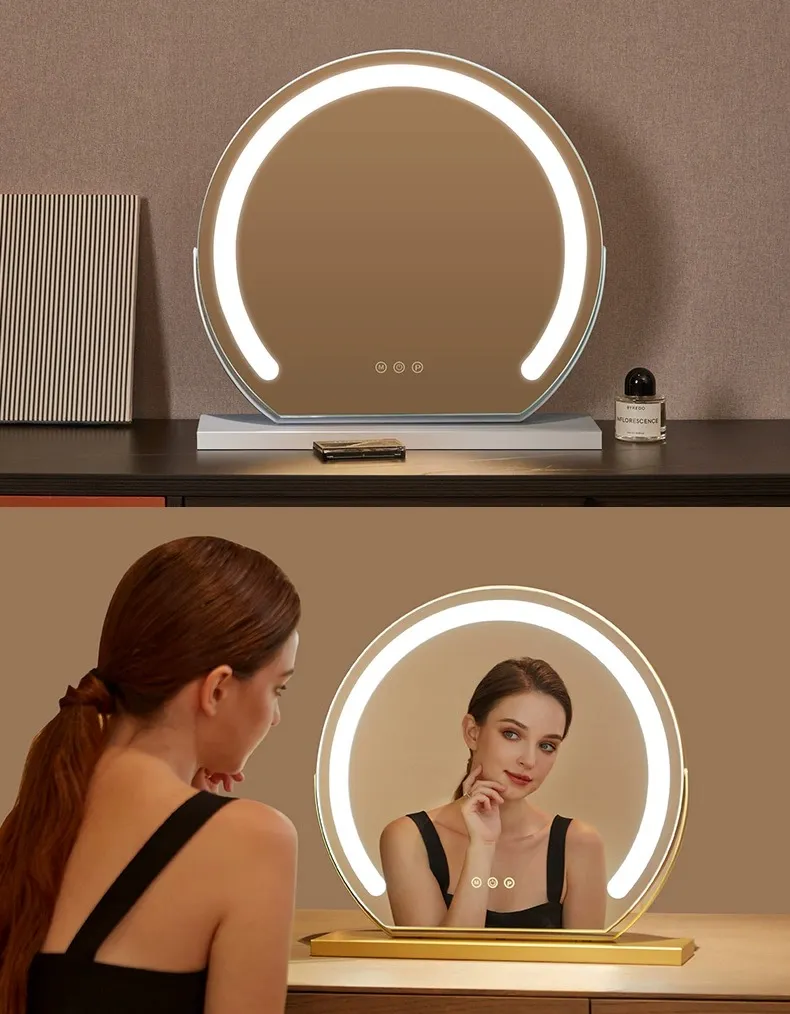

Understanding Solar Control Low-E Glass Benefits and Applications
In recent years, the demand for energy-efficient buildings has surged, prompting innovations in construction materials. One significant advancement is the development of solar control low-emissivity (Low-E) glass. This specialized glass not only enhances aesthetic appeal but also significantly improves energy efficiency, making it an essential feature in modern architectural design.
Understanding Solar Control Low-E Glass Benefits and Applications
One of the primary advantages of solar control low-E glass is its ability to filter harmful ultraviolet (UV) rays. These rays can cause fading of interior furnishings, artwork, and flooring materials. By blocking a significant portion of UV radiation, Low-E glass helps preserve the integrity of a building's interior, extending the life of various elements and minimizing the need for replacements or repairs.

Moreover, the energy efficiency provided by solar control Low-E glass is reflected in lower utility bills. As buildings maintain comfortable temperatures with less energy input, property owners can experience substantial cost savings over time. Many regions also offer incentives for using energy-efficient materials, further enhancing the financial benefits of investing in solar control Low-E glass.
Beyond residential applications, this technology is gaining traction in commercial and institutional buildings. Retail spaces benefit from increased natural light without the associated heat gains, improving the shopping experience while reducing energy costs. In office environments, better control of glare and temperature enhances employee comfort and productivity.
As climate change awareness grows, the construction industry is increasingly focused on sustainable building practices. Solar control Low-E glass aligns perfectly with this trend, contributing to LEED certification and green building initiatives. Architects and builders are leveraging its benefits to create structures that are not only beautiful but also environmentally friendly.
In conclusion, solar control low-E glass is a transformative material that addresses the challenges of energy efficiency and comfort in buildings. Its ability to regulate temperature, filter UV rays, and ultimately reduce energy costs makes it a smart choice for anyone looking to enhance the sustainability of their property. As technology continues to evolve, the adoption of solar control Low-E glass will likely grow, shaping the future of building design.